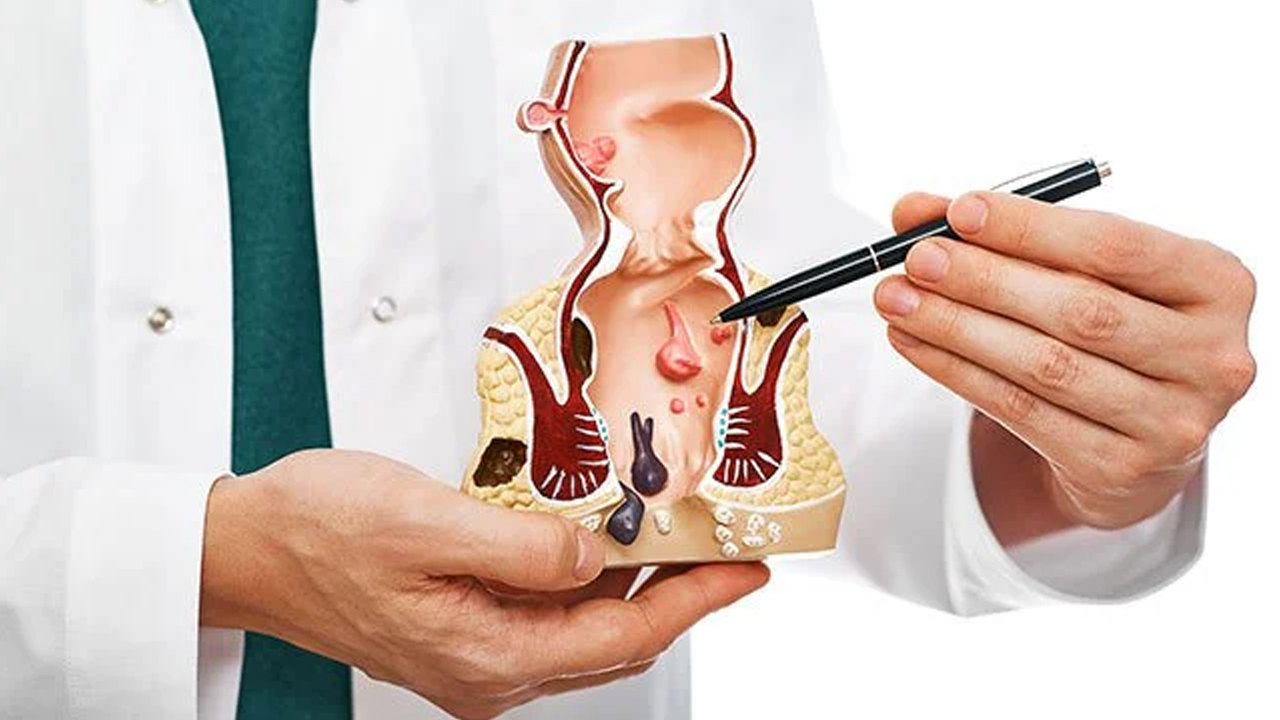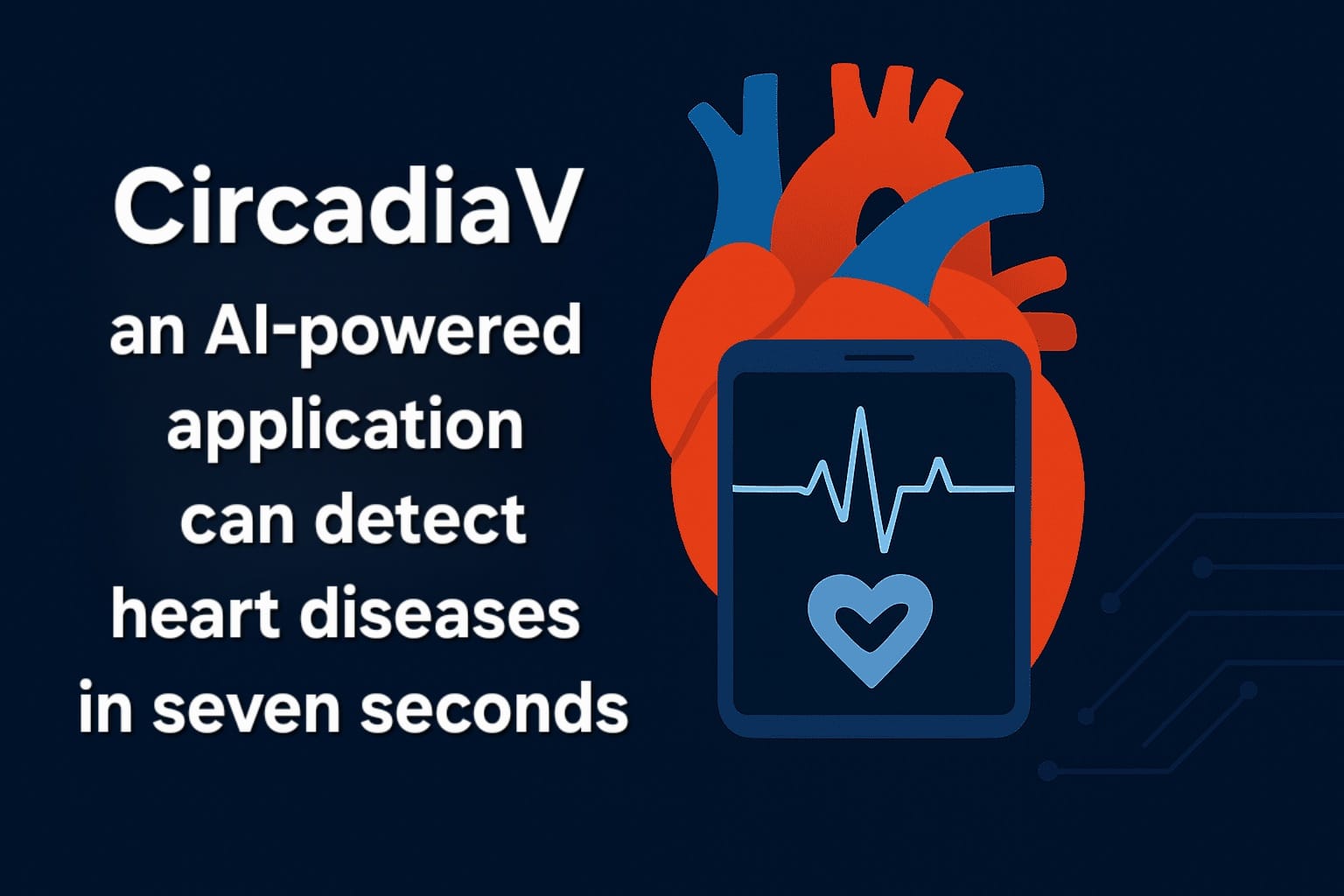Understand the science behind the piles
Piles in scientific terms are called “HEMORRHOIDS.” Piles are lumps that are formed in the anal passage or the rectal passage. Generally, when people pass blood in the stools, it is diagnosed as hemorrhoids or piles. The first thing that comes to our mind when we talk about piles is bleeding with stools. Yes, this is a very common symptom of piles. But, did you know that there are nonbleeding piles as well? You can suffer from either bleeding or nonbleeding piles.
Let us understand the types of piles
Bleeding piles V/S Nonbleeding piles
Our main aim is to help you recognize the type of piles you are suffering from so that the correct line of treatment can be achieved to help you put an end to the piles problem
Type or Piles
Bleeding Piles
Non Bleeding Piles
Pain
These are also called as Painful piles
They are called as Painless piles
Position
They occur outside the rectum
They occur within the rectum
Bleeding
Bright red blood is noted with stools
Bright red blood may not be noted with stools
Constipation
Straining during the bowels is generally present
Straining during the bowels causes the piles to protrude
Blood
Bleeding during bowel movements
Bleeding may or may not be present
Discomfort
Pain or discomfort present
Painless
Swelling
Swelling around the anus
Swelling and prolapse may be present in the rectum or outside the rectum
Itching
Itching and irritation around the anal region
No itching and irritation around the anal region
Surgery
Surgery can be avoided
In cases of higher grade surgery is required
Medication
Can be cured with Medication
May need surgical approach
Now that you know the type of piles you are suffering from, you can decide on the approach and line of treatment that will suit you best and achieve a cure.

 Knowing the difference between bleeding and nonbleeding piles is very important. Piles need special attention from the root cause to be cured.
Knowing the difference between bleeding and nonbleeding piles is very important. Piles need special attention from the root cause to be cured. 









.jpeg)

.jpg)







.jpeg)



.jpg)


.jpg)




.jpg)


